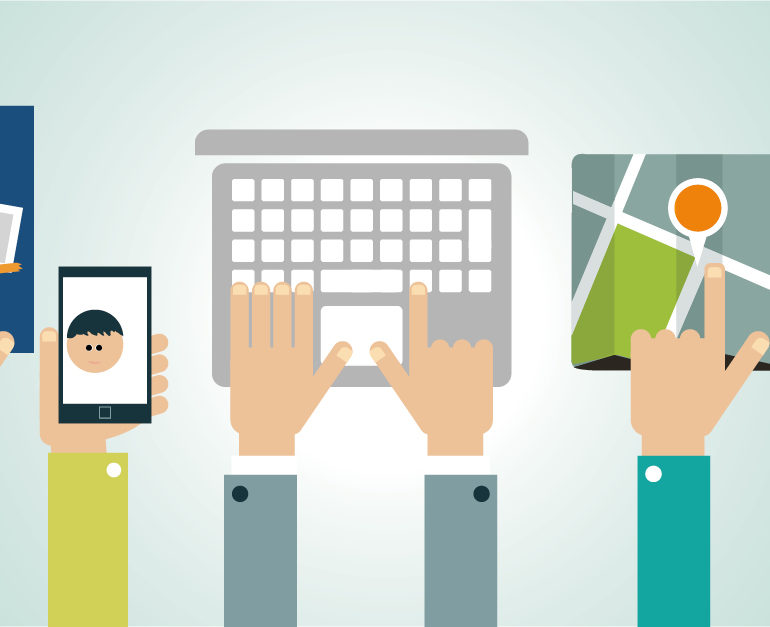Last weekend, I drove to my parents’ house to attend a chuckwagon dinner with them. The dinner was about 30 minutes away from their suburban Cincinnati house, at a farm in the countryside. Halfway into the drive there, my mom’s GPS on her iPhone 6 froze up. “I don’t know what to do,” she said, as my dad pulled over onto the side of the road. All three of us tried to get signal, but there was nothing we could do but keep driving and hope we caught cell service somewhere.
We made it to the dinner. The 370-acre farm was relaxing on a September evening. The sun was still up and it was just around 70 degrees. Turning my phone on airplane mode, I realized how nice it was to escape from technology for awhile. The sun set, and soon, I saw tiny white screens light up the dark space around me. Some were sudden flashes, illuminating smiling faces and capturing selfies. Several parents were holding their iPhones up to the stars, and kids were gasping with amazement as the phone displayed real-time constellations based on where the iPhone was positioned in the sky.
Twenty years ago, when I was only two years old, my parents would call AAA before we went on a trip. If we were driving to Florida, a few days after the call, my family would receive a map of every state we were driving through, with a highlighted route, showing the direction we should travel.
In elementary school, I remember using dial-up Internet to log onto the big desktop computer in my house. I would print out MapQuest directions that I would search for on the Internet. Instead of following highlighted maps, I would read directions out to my dad while he drove.
Now, I can ask Siri for directions as I am driving. I can get real-time traffic updates and suggestions for restaurants and hotels around me. When in foreign cities, I sometimes find myself lost without cell service and only a printed map in front of me. Twisting and turning it, I forget what it is like to navigate with only a piece of paper.
Last weekend, I realized how far we had come with technology in only the past 22 years of my lifetime. There are fewer scrapbooks and more selfies. There are fewer guidebooks and more iPhone apps. There are fewer printed maps and more iPhone directions. I grew up as technology grew up. I remember the evolution of the Internet, the cell phone, and the desktop.
Although called “digital natives,” we don’t always know technology any better than our parents, or our co-workers. We are the first generation to grow up with technology, and because of that, there are many expectations, opportunities, and stereotypes associated with Millennials and technology. This week online, Ball Bearings takes a closer look at this generation of digital natives.
Design by Erika Espinoza.



